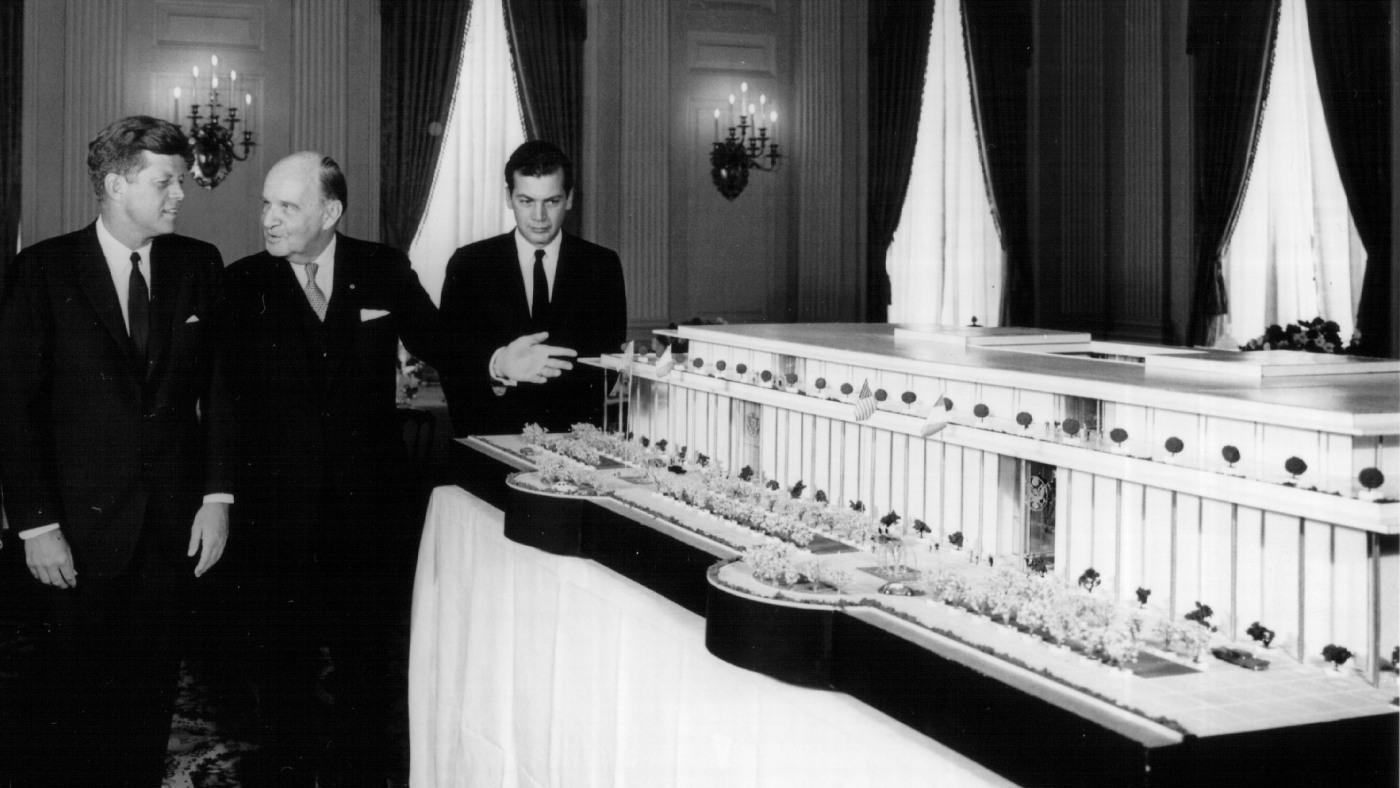Nov. 5, 2024, was a tough day for cannabis legalization supporters.
Recreational legalization ballot questions in Florida, North Dakota and South Dakota all failed.
Two medical measures passed in Nebraska but face legal challenges over the validity of the signatures required to get the measures on the ballot. Why two measures? One legalizes the medical use of cannabis, and the second regulates it.
A medical use ballot measure also appeared on the ballot in Arkansas, but the state Supreme Court ruled before the election that the votes can’t be counted because the title and name were “misleading.”
These failures raise questions about where the movement to legalize cannabis goes from here.
The red wall holds
I’ve been researching cannabis legalization in the U.S. since 2014. I’ve previously written about how the cannabis legalization movement’s primary obstacle is the “red wall,” a term I use to refer to the 20 states where Republicans have total control of state government and recreational cannabis remains illegal.
Another four states without recreational legalization – Kansas, Wisconsin, Kentucky and North Carolina – could be described as “red wall adjacent.” These states have Democratic governors, but Republicans control the state legislatures.
Pennsylvania may become the fifth of these red wall adjacent states if Republicans can win a majority in the state House of Representives.
Support for recreational legalization is much lower among Republicans than Democrats, which in part explains why red states still have some of the most restrictive marijuana laws in the country.
In both North Dakota and South Dakota, recreational measures were defeated for the third time in 2024. It remains to be seen whether supporters think it’s worth the time and money to try again.
In Florida, the measure failed despite the majority of voters supporting it. State law requires amendments to pass with 60% of the vote, and the measure got approximately 56%.
Medical marijuana has more support. In Nebraska, the two medical measures passed decisively. However, legal challenges could void the results. Things will remain uncertain for weeks or even months, as any decision will probably be appealed to the state Supreme Court.
The red wall fortified by a red wave
In national elections, it was a good night for Republicans.
Former President Donald Trump won a decisive victory and will return to the White House. Republicans will control the U.S. Senate, though they won’t have the 60 votes needed to overcome a filibuster. The day after the election, it is still unclear whether Republicans will control the U.S. House.
Trump will have the opportunity to set the political agenda in Washington, including for cannabis. He has voiced support for some legalization measures in the past, such as creating safety regulations, rescheduling, preserving states’ rights to pass their own laws and decriminalization of small amounts of marijuana for personal use.
But cannabis legalization was not a priority during his campaign or his previous presidency. Though Trump backed Amendment 3 for recreational use in Florida, his support was tepid compared with priority issues like immigration. The fact that the measure failed and is unpopular within the Republican Party does not create much incentive for him to put the issue at the top of his agenda once he returns to office.
What happens now?
Where the legalization movement goes from here is unclear.
The ballot initiative process has been a key tool of the movement, providing activists with a way to bypass elected officials who oppose legalization. But the results of the Nov. 5 elections suggest that this strategy may no longer be viable in red wall states. This is particularly the case when state officials are committed to keeping legalization measures from being implemented even if they pass, as happened in South Dakota in 2020 and is currently happening in Nebraska.
AP Photo/Jack Dura
The failed initiative in Arkansas is also significant. On the surface it was a bill to expand and enhance medical access. But it also included a novel provision that would automatically legalize recreational use in the state in the event federal legalization were to happen.
It was this provision, and the failure to highlight it in the proposed amendment’s name and title, that prompted the state Supreme Court to label the measure “misleading” and prevent the votes on it from being counted.
Given that medical cannabis legalization remains significantly more popular than recreational, this strategy made sense in a red state like Arkansas. Had it been successful, it would have provided a new way for activists to navigate the unique challenges posed by red wall states.
Looking ahead, legalization supporters will have to wait and see what’s possible once Trump is in office. The federal rescheduling process that began under President Joe Biden might still go through. If it does, it would move cannabis to Schedule III from Schedule I, the status reserved for substances like heroin and LSD that are considered to have the least medical benefit and highest potential for misuse. But it would not resolve the gaps between state and federal law in states where cannabis is legal.
It also would not create an obvious path toward recreational cannabis legalization – and might even hinder it further. This is because Schedule III drugs include substances like Tylenol with codeine and ketamine – both of which are legally available but require a prescription and are tightly regulated.
This is a far cry from the “regulate it like alcohol” strategy that helped recreational legalization gain a foothold 10 years ago.






































